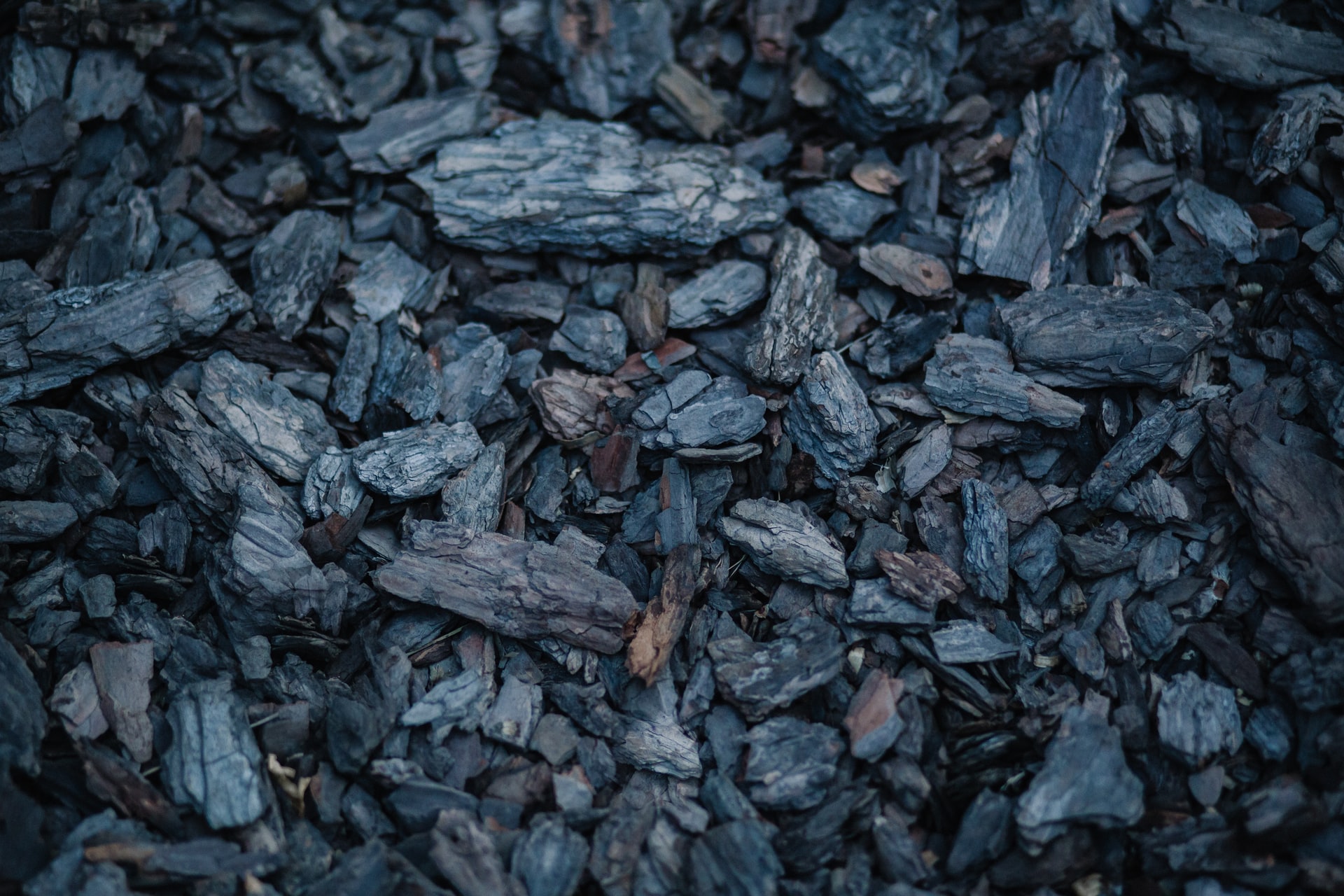
About half of the electricity produced in the United States comes from coal-fired power plants. While some of these plants are scheduled to be shut down and decommissioned, they are still a key source of power in the United States, and there are byproducts to making that energy. Those byproducts include fly ash, silica fumes, and blast furnace slag. Initially, in the past, these byproducts were treated as waste and disposed of in landfills.
Fly ash, however, typically contains Heavy Metals and is too fine of a powder to dispose of in improper ways. It can lead to several environmental health and safety issues, therefore, proper storage, handling, remediation and safety are critical.
Fly ash is a byproduct created through coal combustion. It is made of fine particles of burned fuels and is typically captured by particle filtration equipment before reaching the chimney. The composition of fly ash can vary depending on what is being burned, though typically, you will find silicon dioxide, aluminum oxide, and calcium oxide in fly ash.
Since fly ash is very fine, it can travel long distances when it gets into the air. And, when it’s not properly disposed of, fly ash can pollute both air and water. In the past, these materials were released into the atmosphere, but pollution control standards are being put in place, so fly ash is captured before release. While 43% of fly ash is recycled in the US, it is still a widely debated topic because it can leach toxic compounds into underground water aquifers. To better understand why fly ash is the center of some large lawsuits, it’s essential to understand the dangers it poses to the environment and populations.
Fly ash has been proven to pollute soil, air, and water when it is not stored or disposed of correctly. This can lead to respiratory issues if inhaled, contaminated drinking water when it leaches into groundwater, and lower crop yields when it settles in fields near power plants. There have also been issues raised about the low levels of radiation present in fly ash as it is a byproduct of coal full of heavy metals and toxins. These issues lead to an increased risk of injury and litigation due to contamination and poor working conditions.
Since coal contains trace levels of toxic elements such as arsenic, barium, cadmium, nickel and lead, among others, fly ash can cause significant groundwater pollution. There are multiple documented cases of groundwater pollution in the United States in areas like Maryland, North Carolina, Illinois, and Texas. The infamous Kingston Fossil Plant spill was also where 1.1B gallons of coal ash was spilled into the Emory and Clinch Rivers, damaging nearby residential areas..
There are also exposure concerns around crystalline silica and lime that can be present in fly ash. If inhaled, crystalline silica can cause silicosis and is listed by the IARC and US National Toxicology Program as a known human carcinogen. Due to this fact, several safety measures must be taken when working with fly ash, including equipment and best practices.
Currently, representatives are urging the EPA to look into non hazardous waste regulation to protect the beneficial uses of fly ash while still mandating best practices for storage and disposal. While these measures will help mitigate fly ash contamination and injury, there are things companies and contractors can do today to help keep their employees, neighbors, and communities safe.
Industrial hygiene and safety experts like SITEX work with companies every day to help mitigate risk and injuries on job sites. From a starting point, our certified experts keep up-to-date with the latest practices around working with fly ash and how to stay safe. That includes proper handling and PPE. It also includes knowing how to minimize agitation to fly ash to reduce the amount that becomes airborne at any time. Beyond equipment, there are some industrial hygiene and safety services that clients can look into when it comes to fly ash in particular.
For example, SITEX offers clients turnkey remediation projects or task-specific projects, such as waste characterization, delineation of fly ash ponds,(through drilling), and assisting with field activities (wetland delineation, surveys of buildings and structures on the fly ash pond areas). Plus, SITEX can supply the equipment required, giving clients the flexibility they need to have the right equipment on-site without the high costs of buying them outright.
Working with fly ash typically means other projects are taking place at the same time on-site. These jobs can lead to additional safety and rescue needs or industrial hygiene and environmental testing. Working with a trusted partner like SITEX enables a client or contractor to gain access to all of those services as needed, so that there is always an expert on-site to assist when needed. With the potential for contamination and injury, fly ash is not something to second guess when it comes to proper safety measures.
Do you need a consultation or an estimate? Contact us today to discuss your industrial hygiene, environmental, or safety needs for fly ash.
1 American Coal Ash Association
2 “Neglected threat: Kingston’s toxic ash spill shows the other dark side of coal”. Environment. 2019-02-19. Retrieved 2021-06-26.
3 “Substances Listed in the Thirteenth Report on Carcinogens” (PDF). NTP. Retrieved 2016-05-12.

SITEX saves lives. For over 35 years we’ve delivered safety services, environmental services, industrial hygiene expertise, rescue solutions and training, and rental equipment to ensure compliance, reduce risk, protect workers, and promote safety in every industry. We invest in highly trained personnel and technology so you don’t have to.
